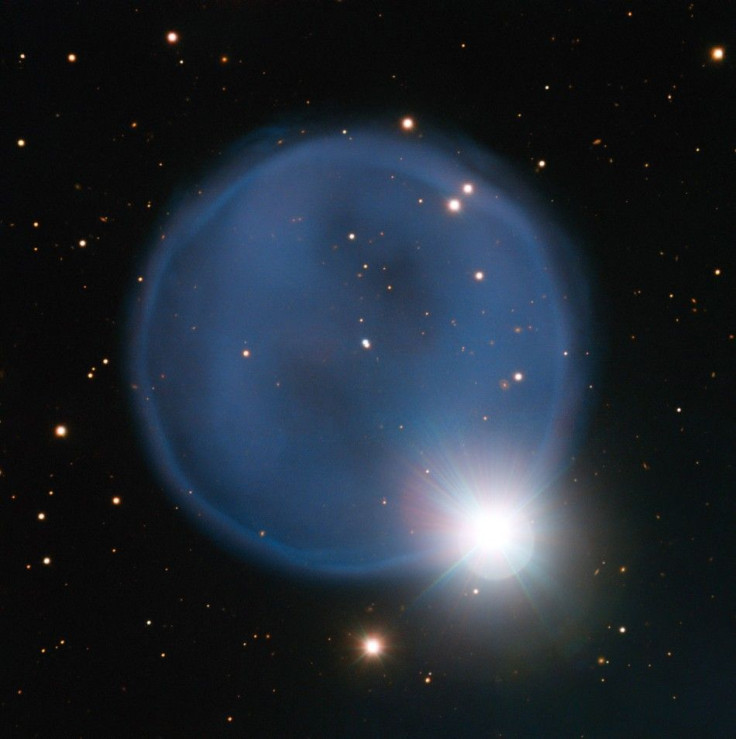130 bright spots on dwarf planet Ceres are not mysterious civilisations but mineral salts

NASA's Dawn spacecraft has been capturing and sharing the images of glowing dwarf planet Ceres since quite some time now. However, the reason behind the mysterious bright spots on Ceres was not understood until now.
The bright spots on Ceres came into notice in Feb. 2015 when a picture captured by NASA's Dawn spacecraft showed two bright spots on its crater. The presence of the bright spots made the otherwise dark-looking surface of the crater glow.
With identification of more than 130 such bright spots on Ceres, researchers were baffled by their formation. Some theorists said that it signifies mysterious civilisations, while others believed that they are nothing but reflections.
In a new study published in the journal Nature, researchers claim that the bright spots on Ceres are a result of nothing but mineral salts. The unusual areas possess hydrated magnesium sulfates mixed with dark background material, the researchers report.
NASA researchers say that the salt is a kind of magnesium sulphate called hexahydrite. Epsom salt, which is commonly found on Earth, is another kind of magnesium sulphate.
A study led by Andreas Nathues of the Max Planck Institute for Solar System Research in Germany further suggests that a thin haze over the crater could indicate presence of frozen water around the surface.
Meanwhile, another study conducted by a Dawn science team confirms the presence of ammonia-rich clays on the surface of Ceres, raising questions about the formation of the dwarf planet.
“The presence of ammonia-bearing species suggests that Ceres is composed of material accreted in an environment where ammonia and nitrogen were abundant,” said Dr. De Sanctis in the NASA statement. “Consequently, we think that this material originated in the outer cold solar system.”
That means, Ceres might not have originated in the area where it currently resides, that is, in the asteroid belt between Mars and Jupiter. Instead, it might have originated in the outer solar system.
Contact the writer at feedback@ibtimes.com.au, or let us know what you think below.




















